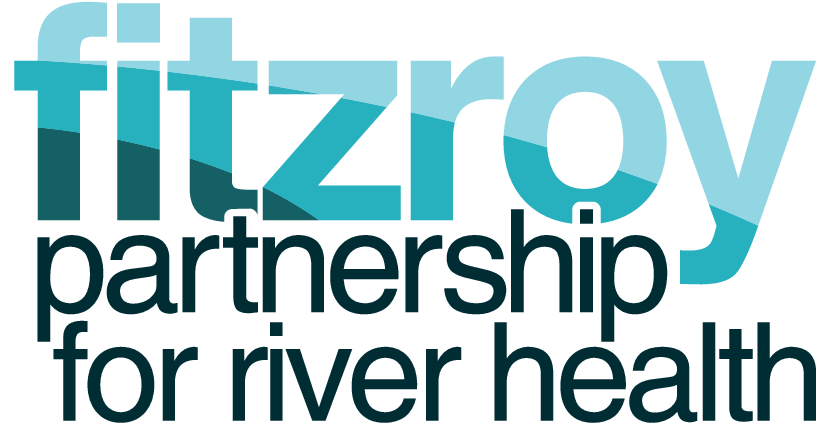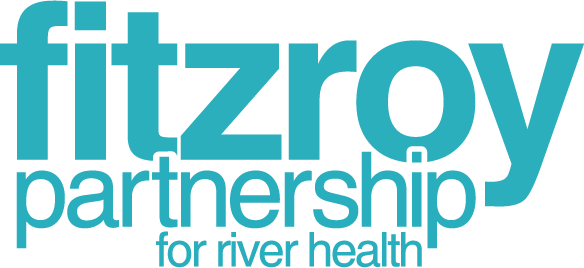[wqip-tabs]
Knowledge gaps
Models and decision-support tools have been used in the development of WQIP:2015 to identify and prioritise activities to improve water quality. A set of decision rules were developed that could be applied across the whole of the Fitzroy Basin. Some information is not readily available at this scale, and the decision tools must make simple judgements about processes that are actually very complex.
FBA has worked with a team of scientists to ensure WQIP:2015 uses the best information and knowledge available. There are, of course, gaps in our knowledge.
WQIP: 2015 would benefit from better information, particularly in the following areas:
- How to better integrate projects to achieve multiple environmental outcomes.
- Cumulative impacts on species and Reef health.
- Gully and soil erosion mapping that looks at extent / severity rather than presence / absence.
- Understanding soil erosion processes (better alignment between geochemical tracing data and monitoring and modelling results).
- Characterise and trace the sediment that directly contributes to reduced photic depth back to specific catchment sources.
- Water quality impacts of broad-acre cropping such as grains.
- Economic information, such as the costs of erosion management.
- Further refinement of the setting of ecologically relevant targets.
- Climate change impacts.
A detailed list of knowledge gaps and limitations is included in each of the science reports and a comprehensive summary can be found in the Synthesis Report.
Limitations and exclusions
WQIP:2015 identifies the most effective ways to improve our region’s water quality. Agriculture is the largest land use in the Fitzroy Basin, therefore agricultural land management is a key focus. Funding has also determined and limited what can be covered by WQIP:2015.
At this stage, the plan covers:
- Better land management in high priority grazing and cropping lands (excluding dairy, horticulture and small agricultural industries).
- Ecosystem restoration priorities including barriers to fish passage and wetland and coastal habitat.
WQIP: 2015 partly addresses other land uses by:
- Reporting on opportunities to improve urban water quality management.
- Summarising what is known about the impacts of ports.
There are other influences on water quality within the Fitzroy Basin. However, WQIP:2015 does not have the capacity for reporting on these. Current exclusions include mining activity, ground water, road and rail infrastructure.
In some cases, other initiatives, such as the Fitzroy Partnership for River Health and Gladstone Healthy Harbours Partnership, are active in these areas. We would like to build on this information base and these priorities in the future.



